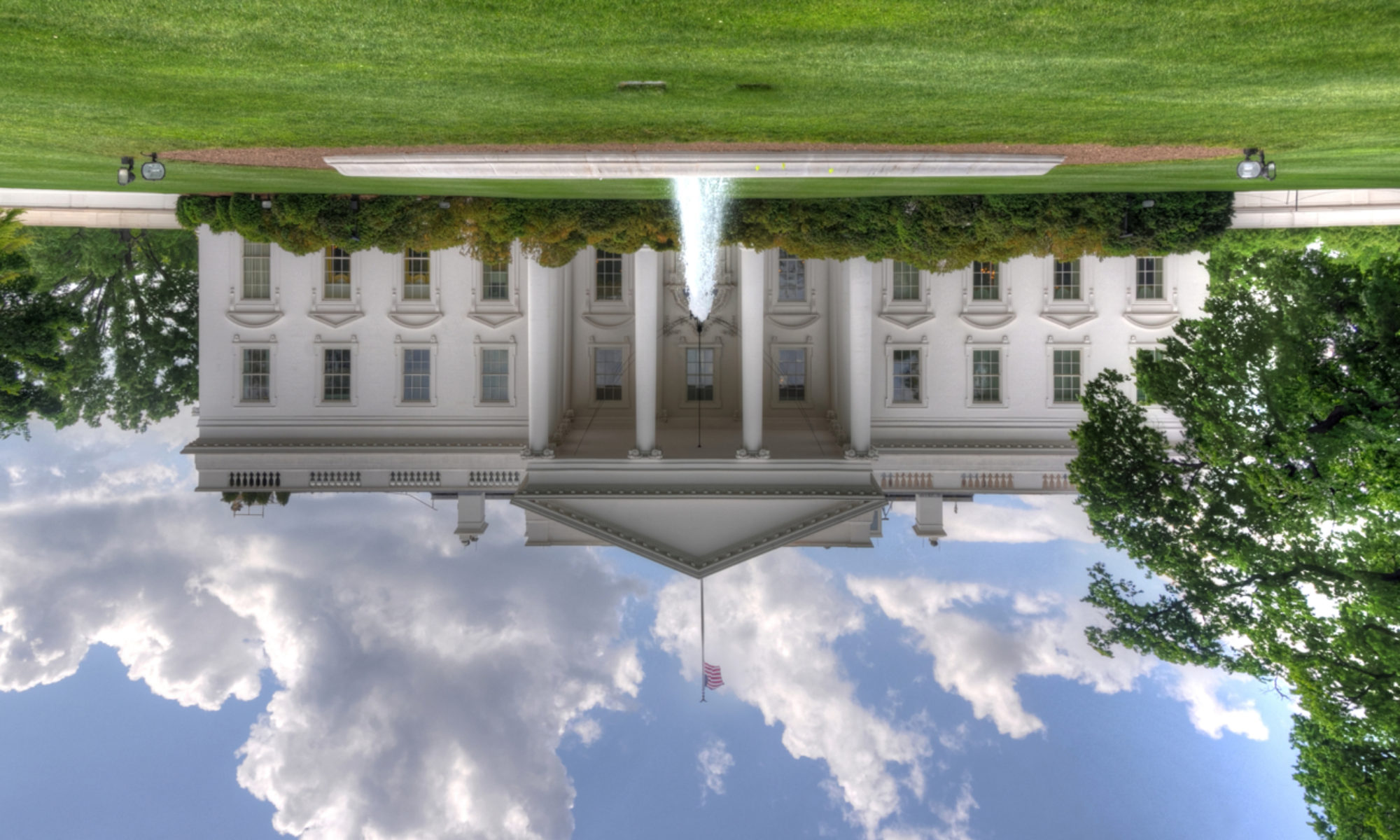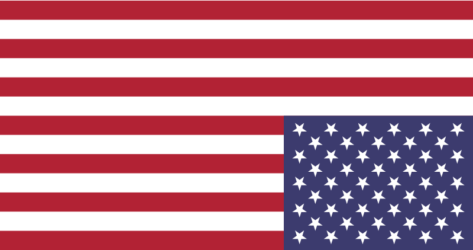After Congress failed to come to an agreement on a new coronavirus relief package, Donald Trump, self-proclaimed “deal maker,” sidestepped Congress and signed three memoranda and one executive order (all four of which he incorrectly called “bills”), claiming they would “take care of, pretty much, this entire situation.” The “deals,” however, are legally questionable, since Congress must approve federal actions on spending and taxation. Additionally, when one looks more closely, the four hollow executive orders are not “deals” at all for Americans.
House Democrats passed the more than $3 trillion Heroes Act in May to continue relief to Americans, but the bill stalled in the Senate. Republicans can’t even agree among themselves on how to move forward with a relief bill. Donald Trump is no doubt hoping his base will see him as stepping in to save the country, with these four actions as proof of his 2016 campaign claim that “I alone can fix it.” In reality, though, they fix nothing, and, in fact, make things worse. Here is what Trump’s “dealmaking” will get Americans:
Payroll Tax “Cut”
What Trump is calling a “tax cut” is actually a tax deferment that lasts from Sept. 1 through Dec. 31. Under this executive order, the U.S. Treasury will stop collecting payroll taxes during that time from workers who earn less than about $104,000 a year, or $4,000 every two weeks. Though workers will temporarily feel as if they’ve gotten a pay increase, they will owe those payroll taxes at a later date.
This does nothing to help those who don’t receive a paycheck because they are unemployed.
Trump ordered a tax deferment instead of a cut because he does not have the power on his own to cut taxes. He is, however, calling on Congress to make it a permanent tax cut. This sounds great until we realize that the payroll tax is what supports Social Security. If a tax cut is made permanent, it will deplete the funds in our Social Security system.
Deferred Student Loan Payments
Trump’s memo regarding student loan payments waives interest on all federal student loans until December 31, and allows delayed payments until December 31. Principal payments will be due on December 31, and full payments including interest will start again on January 1. Student loan debt will not be canceled.
Relief for Renters and Homeowners
Trump’s “relief” here amounts to nothing more than a “study” to see if a moratorium is needed. The federal moratorium on evictions has ended, and Trump’s new executive order does not extend it; evictions due to financial hardship are now no longer banned. Trump has instead called on Secretary of Health and Human Services Alex Azar and Director of the Centers for Disease Control and Prevention Robert Redfield to study whether halting evictions stops the spread of COVID-19. This doesn’t address the financial hardships that have already resulted from COVID-19.
Trump’s memo also doesn’t provide money to help homeowners. It only calls for Treasury Secretary Steven Mnuchin and Housing and Urban Development Secretary Ben Carson to “see if they can find” any more funds to help, though no aid is promised, and no legislation is in place to protect homeowners from losing their homes due to COVID-related financial hardship.
Supplemental Unemployment Aid
Unemployed Americans were receiving $600 a week from the federal government in addition to their state unemployment aid, but that expired at the end of July. Democrats and Republicans could not agree on how or if to extend the federal aid; Democrats wanted to continue the $600 per week, and Republicans wanted to reduce it to $200 a week. Trump’s memorandum calls for the federal aid to restart at $400 a week. This sounds like a compromise until we look more closely at how it would work.
The federal $400 a week has two conditions in order for unemployed workers to receive it: their states must ask for it, and their states must contribute 25 percent ($100) of that $400 per week for each recipient.
Many states, already financially strapped from the coronavirus pandemic, won’t be able to afford to provide this supplemental benefit for their unemployed workers. And because of outdated and inadequate processing systems in some states, many unemployed Americans are still waiting on their first round of unemployment benefits. It could take months for states to adapt to new guidelines and systems for executing this latest scheme if they do sign on.
What’s more, the source of this additional unemployment aid is questionable. Trump wants to fund it by shifting $44 billion of funds from the Department of Homeland Security’s Disaster Relief Funds which are designated for tornadoes, hurricanes, and extensive fires such as forest fires. Currently, 30 million Americans are unemployed. The funding to cover them all would run out in less than five weeks.
And again, in reality, Trump’s action assumes and ignores Congress’ rightful authority.
David Super, a constitutional law expert at Georgetown Law, says, “The basic notion here is the president is rejecting Congress’s power of the purse. That is something nobody who cares about separation of powers can let slide, even if they like what the money is being spent on.”
The legality of these four actions is already being called into question by members of both parties, and it’s likely that Trump will face formal legal challenges over them, since he is attempting to bypass Congress.
House Speaker Nancy Pelosi called Trump’s actions “absurdly unconstitutional.”
Trump has offered a hollow set of pseudo-relief measures that are full of contingencies, not the least of which is whether they are even legal or enactable. Besides offering no real and definitive relief from financial hardship, Trump’s executive actions fail to address several other important issues, including funding for schools to help ensure safe reopening, relief for the hungry, and assistance for cities and states as they continue to battle COVID-19. Trump’s “deal” for financially strapped Americans is hardly a deal at all.
Trump signs executive orders on coronavirus relief l GMA
Good Morning America [2020-08-10]
Trump signs executive orders on payroll tax, evictions, and unemployment bonus | Global News [2020-08-08]

